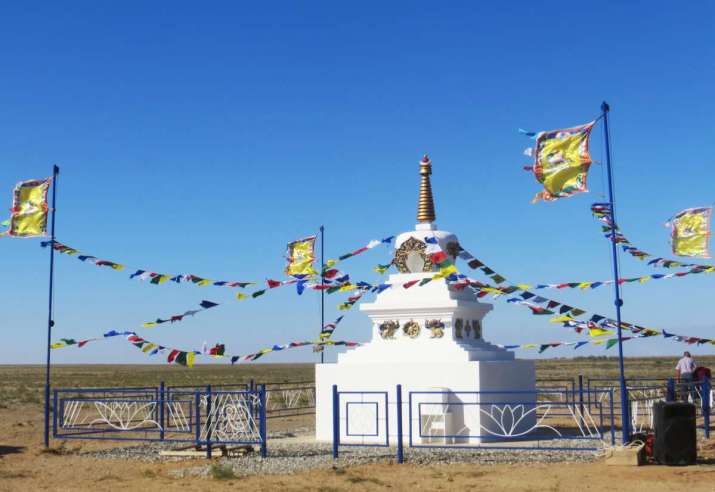
Much like the way the Buddhist concept of emptiness (Skt. sunyata) cannot be expressed with words or be understood by the conceptual mind, it is hard to explain the mystery of the steppes. The vast expanse reminds me of the boundless space of the mind. It is a great place to contemplate emptiness, which, in Mahayana Buddhism, is considered the true nature of all phenomena.
Visiting the Russian steppes provides one with a wonderful feeling of being one with nature and of merging with a boundless, empty space. The steppes around Europe’s longest river, the Volga, are inhabited by the Kalmyk people, descended from the Oirat Mongols who brought their rich culture to the region. The Russian Republic of Kalmykia is the only region in Europe where Buddhism is practiced by the majority of its citizens. The population is concentrated in three cities—the capital Elista, Gorodovikovsk, and Lagan.
Lagan is the administrative center of Lagansky District, just a few kilometers from the Caspian Sea. It is the second biggest city in the republic after the capital. The majority of the population in Lagan is Buddhist.
I was fortunate to visit Lagansky District and meet its hospitable and warm-hearted people in September 2015, after I attended a conference titled Buddhism in Dialogue between Eastern and Western Cultures, held as part of the 10th anniversary of Europe’s largest Buddhist temple, the Golden Abode of Buddha Shakyamuni in Elista. I was part of an international delegation who visited some of the khuruls (temples) in Lagansky District and participated in the consecration of the Stupas of Enlightenment. The consecration was lead by Telo Tulku Rinpoche, shadjin lama (head lama) of the Kalmyk people and honorary representative of His Holiness the Dalai Lama to Russia, Mongolia, and the members of the Commonwealth of Independent States.
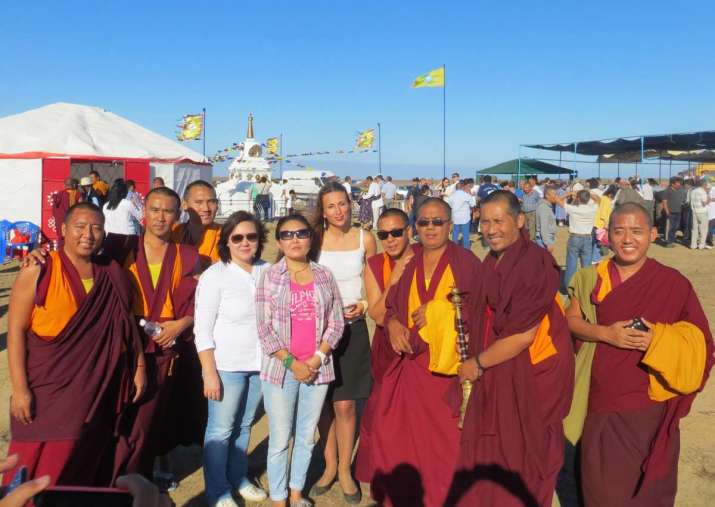
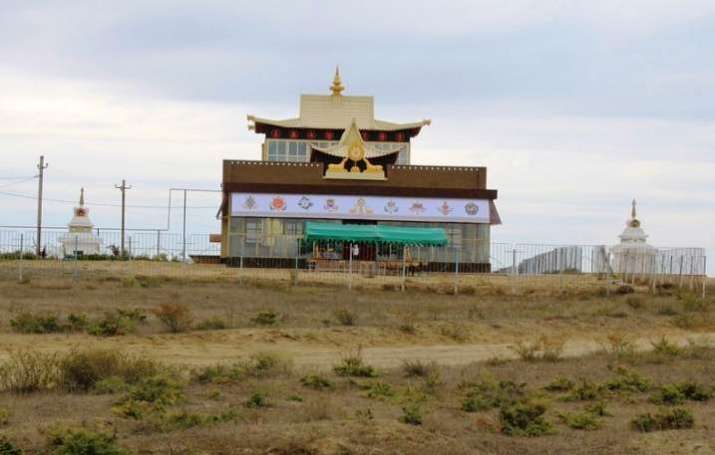
Two years later, in September 2017, two other important events in Lagansky District marked the revival of Buddhism in the region—the opening of a new building at Lagan Dardeling Monastery and the celebration of the 25th anniversary of the opening of Galsan Temple.
The Kalmyk people are followers of Tibetan Buddhism and regard His Holiness the Dalai Lama as their foremost spiritual leader. He has visited the Russian republic three times in 1991, 1992, and 2004. During his second visit the Dalai Lama consecrated a site in Lagansky District where Lagan Dardeling Monastery would be build. Three years later, in May 1995, the khurul opened and was given its name by Telo Tulku Rinpoche.
On 30 September 2017, 22 years later, a new khurul opened next to the old building. Construction began in September 2011, after the land was consecrated by monks from the Gyudmed Tantric Monastery in India.
The consecration ceremony for the new building was led by Telo Tulku Rinpoche and monks from the khurul Golden Abode of Shakyamuni Buddha. They performed both the Buddhist ritual of purification and of consecration. Telo Tulku Rinpoche also gave spiritual advice to the devotees gathered at the new temple.
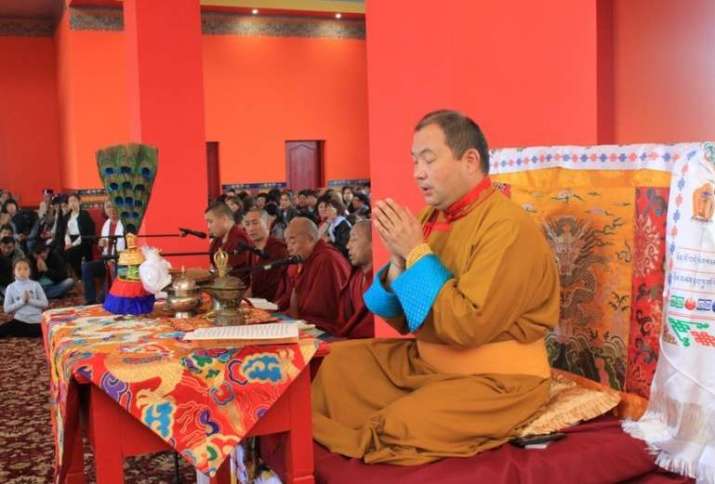
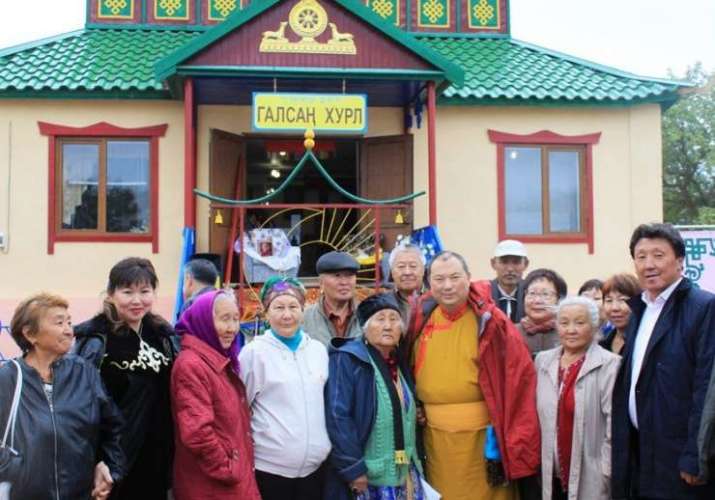
On same day, Telo Tulku Rinpoche attended the 25th anniversary of the opening of another temple in Lagansky District—Galsan Temple in the village of Dzhalykovo. The village became very popular last summer when it organized its first Lotus Festival.
On 17 September 1992, during his second visit in Kalmykia, the Dalai Lama also visited Dzhalykovo to consecrate Galsan Temple and bestow its name. Galsan is derived from the Tibetan word kalsang, which means good luck or fortune. The temple was constructed a month before the arrival of His Holiness, who was accompanied by Telo Tulku Rinpoche. The building used for the khurul used to be a store before it was converted into a prayer hall, and the citizens of the village are very proud of its history. Galsan Temple became the first Buddhist khurul to be built in Kalmykia in the post-Soviet era, and with the blessings of His Holiness the Dalai Lama many khuruls have appeared in the republic since.
The celebration of the 25th anniversary of Galsan Temple was led by Telo Tulku Rinpoche along with the head of the administration of Lagansky District, Andrei Mandzhiev, and Kalmykia’s minister of culture and tourism, Elbikov Khongor Badmaevich. After the official speeches several monks performed prayers followed by a cultural program by artists from Dzhalykovo.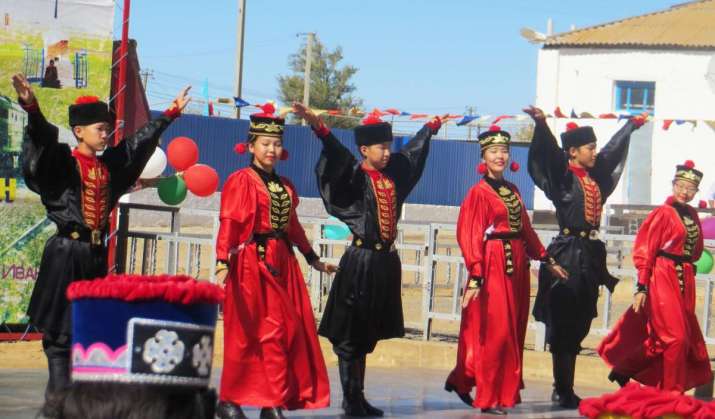
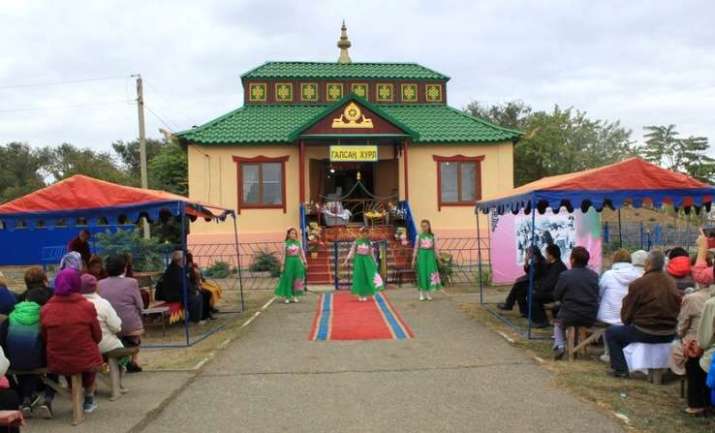

Important Buddhist events in Kalmykia often end with a program of traditional music and dance. This is a way to preserve and promote the ancient and unique culture of the Kalmyk nation and to find a balance between spiritual and the secular life.
This spiritual atmosphere can be felt everywhere in the republic. The simplicity and the calmness of life there along with the strong faith and devotion of the Kalmyks remind us that the real holy site is in the heart.














